
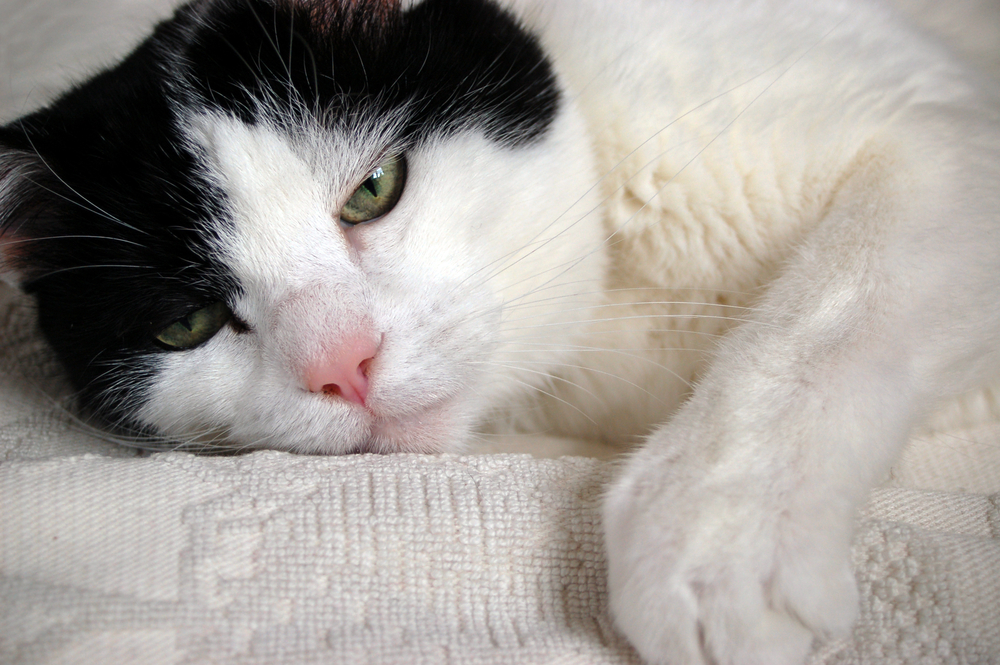
Cataract refers to the cloudiness in the crystalline lens of the eye, varying from complete to partial opacity. When the eye lens (located directly behind the iris) is clouded, it prevents light from passing to the retina, which can cause vision loss.
Most cases of cataracts are inherited; for instance, Persian, Birmans, and Himalayans cats are all predisposed to cataracts.
Symptoms typically relate to the degree of vision impairment. Cats with less than 30 percent lens opacity, for example, display little or no symptoms, whereas those with more than 60 percent opacity of the lens may suffer from loss of vision or have difficulty seeing in dimly lit areas.
Meanwhile, if your cat has diabetes mellitus-related cataract, you may also observe increased thirst, increased frequency of urination, and weight loss in your cat, along with vision impairment symptoms.
Although most cases of cataracts are inherited, the following are other causes and risk factors associated with the condition:
If you should observe cloudiness in one or both of the cat's eyes, you should bring it in to see a veterinarian immediately. There, the veterinarian will ask for a thorough history of your cat’s health, including the onset and nature of the symptoms, and possible incidents that might have precipitated the problem. He or she will then perform a complete physical examination, focusing on the eyes and ocular region, to determine the severity of the problem.
Routine diagnostic tests, such as complete blood count, biochemistry profile, and urinalysis, may be conducted. However, the results of these tests are usually non-specific unless another concurrent disease like diabetes mellitus or hypocalcemia are at the root of the problem. Ultrasounds or electroretinography (which measures the electrical responses of cells present in the retina) are two forms of advanced diagnostic exams which also help determine the severity of the issue and may confirm whether surgery is necessary to correct a cataract.
If surgery is recommended by your veterinarian, do not delay. Cataract is a progressive disorder that, if not treated quickly, may lead to blindness in one or both of your cat's eyes. This is especially the case with diabetes mellitus-related cataracts, because they progress very rapidly in cats. Surgery, however, is often not recommended for cats with non-hereditary forms of cataract.
One modern cataract surgical technique, phacoemulsification, involves the emulsification of the eye's lens with an ultrasonic handpiece. Once the lens is emulsified and aspirated, aspired fluids are replaced with a balanced salt solution. Also, to prevent extreme farsightedness, an intraocular lens may be implanted during surgery. Phacoemulsification has shown more than a 90 percent success rate in cats.
The rate of progression of this disease depends on the underlying cause of the cataract, the location of cataract, and the age of the animal. If your cat has undergone surgery to treat the cataract, it may require some time to recover in the hospital. Once home, your veterinarian will provide you with ophthalmic preparations to be used in the eyes of your cat for up to several weeks.
Image: isabel engelmann via Shutterstock
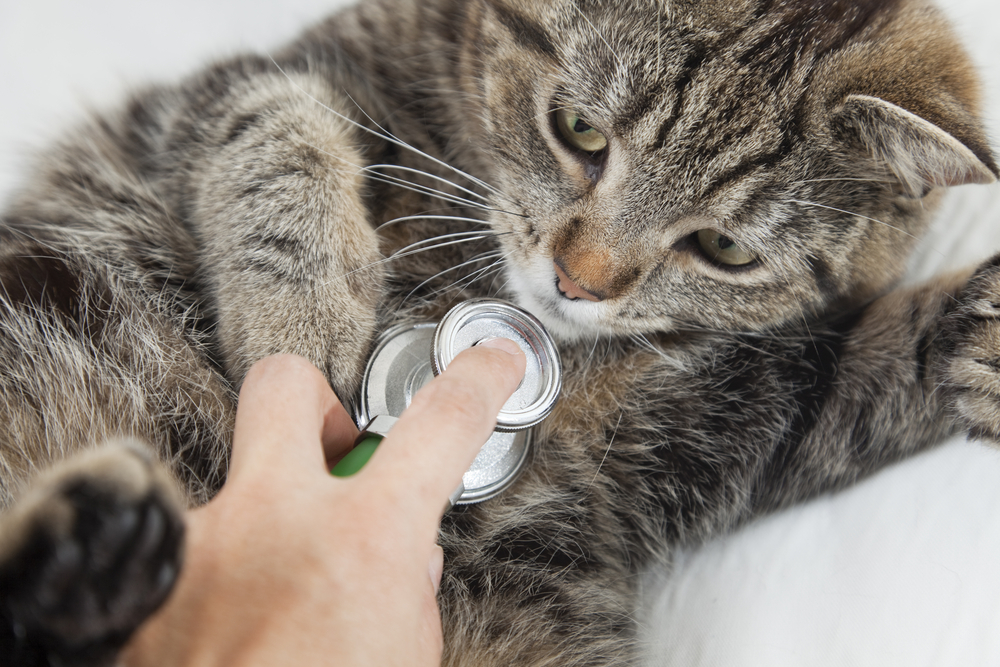 Staph Infection in Cats
Staphylococcal Infections in Cats
The Staphylococ
Staph Infection in Cats
Staphylococcal Infections in Cats
The Staphylococ
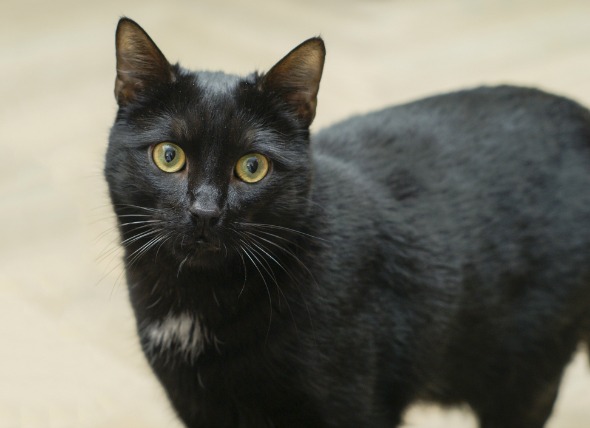 Fluid in the Chest in Cats
Chylothorax in Cats
Chyle is a milky to slightly
Fluid in the Chest in Cats
Chylothorax in Cats
Chyle is a milky to slightly
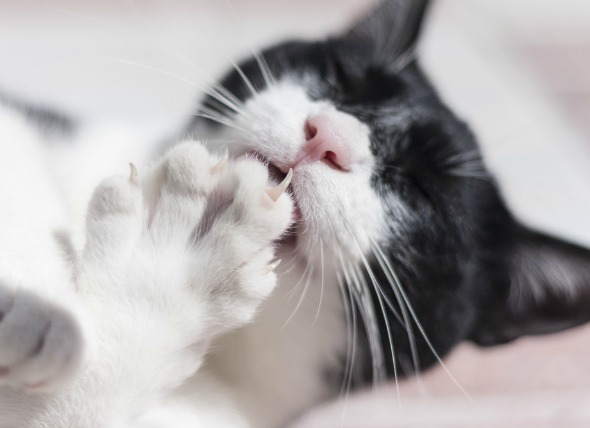 Claw and Nail Disorders in Cats
Nail and Nailbed Disorders in Cats
Nail and nail
Claw and Nail Disorders in Cats
Nail and Nailbed Disorders in Cats
Nail and nail
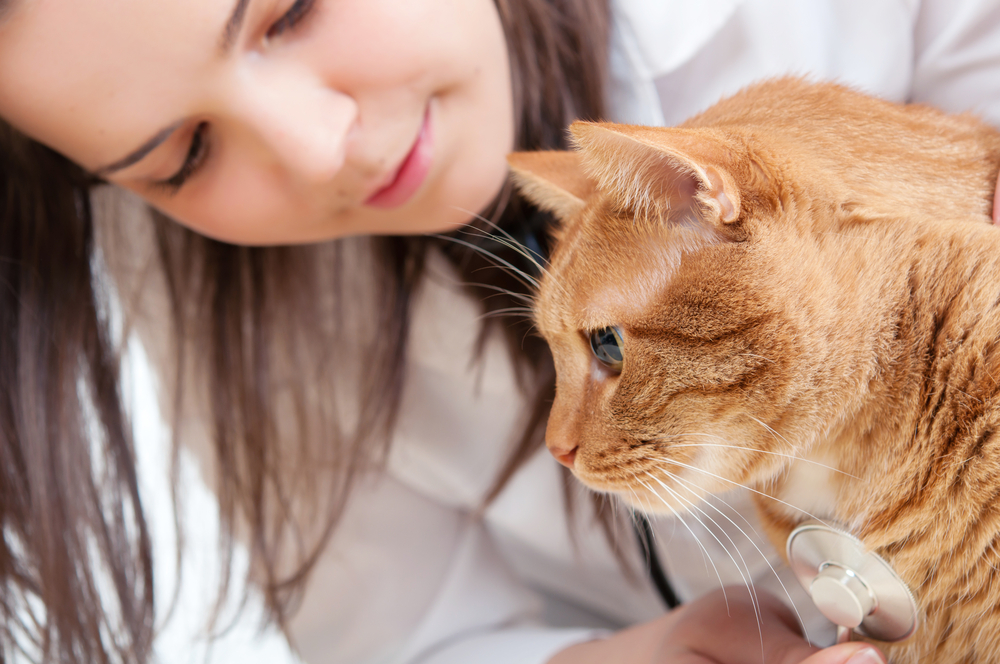 Overproduction of Red Blood Cells in Cats
Polycythemia in Cats
Characterized as an abnormal
Overproduction of Red Blood Cells in Cats
Polycythemia in Cats
Characterized as an abnormal
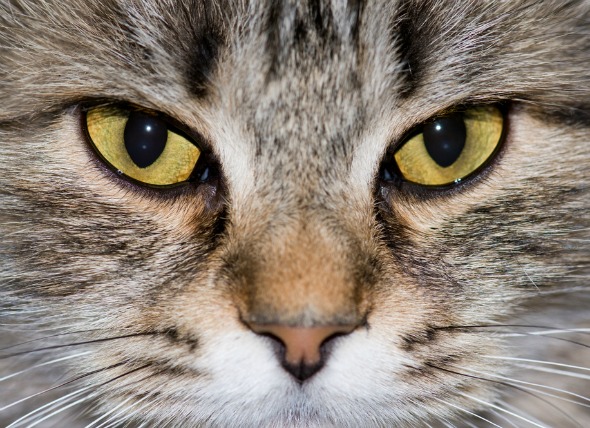 Unequal Pupil Size in Cats
Anisocoria in Cats
The pupil is the circular open
Unequal Pupil Size in Cats
Anisocoria in Cats
The pupil is the circular open
Copyright © 2005-2016 Pet Information All Rights Reserved
Contact us: www162date@outlook.com